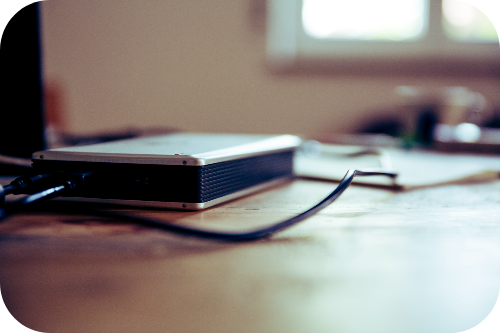Best Practices for Website Security in 2021
Are you concerned about losing your website to hackers, viruses, and other sorts of malware? Globally, over 30,00 wesites are hacked every day, and 64,000 plus businesses have experienced some sort of cyber attack. The Russian hackers are in the news almost daily, and even thought they probably won’t hack your site, that doesn’t mean that some small fry hacker won’t give it a try. Hacking is real and can cause a lot of damage, so this is why I put together this introductory article on website security.
This article will explore how to increase your website security by making it more difficult for attackers to infiltrate and damage your website with malware or steal important information from your website’s database.
It is critical that you understand your website’s security “weaknesses” so that you can take corrective action.
Putting excellent security policies in place for your website can provide you more confidence and peace of mind. It will significantly reduce the danger of a future security problem.
If you are in charge of website maintenance, here is some advise on how to increase the security of your website.
How to Increase the Security of Your Website
A secure website has no flaws that an attacker may exploit.
A vulnerability is a flaw in a website’s design or implementation that an attacker may use to damage you, your website, or its users.
Here are some basic measures you can do right now to increase the security of your website.
1. Install HTTPS and an SSL certificate
Safeguarding your URL is the first step in securing your website.
A secure URL ensures that communication between your website and a browser user is secured.
To protect your website URL, you must change it from HTTP to HTTPS.
HTTPS (Hypertext Transfer Protocol Secure) is a protocol that secures data transfers between your website and the user over the internet.
To convert your website from HTTP to HTTPS, just install an SSL (Secure Sockets Layer) certificate, which creates and encryted link between a website server and a web browser. Installing the SSL can be done without any coding experience or tools.
2. Change your login credentials on a regular basis.
The second (and most critical) step is to update your website login credentials.
To begin, choose a username that is difficult to guess. Don’t use the username “admin” or your first name ; way too easy to guess, and any hacker worth his salt will try them first.
Because your first name is the default name that obtains the authorship attribute for all of your blog entries, hackers may simply obtain it.
Also, pick a clever password that combines alphabetical, numerical, and special characters. Personal information, such as your birth date, should be avoided.
Change your passwords on a frequent basis to make it difficult for hackers to guess what your current password is.
3. Maintain a Clean Website
Backdoors in databases, programmes, and plugins can allow hackers to get access to your website.
Maintain the security of your website by frequently wiping up files, databases, plugins, and programmes that are no longer in use.
Make sure you only utilise plugins and apps from reputable vendors. You are taking your chances on malware or worse being installed on your device it you buy from someone whose reputation isn’t know to you, or available for you to research on the internet.
It is also necessary to scan your server and website for security flaws. When any component of your website is changed, security scans should be planned and automated.
4. Employ a Secure Host
Consider your website to be an entry in a directory. Your web host is the person who maintains that directory for public use.
Check that your site host has adequate security protections to keep your uploaded data safe.
Some of the signs of a good website host are as follows:
Implementation of a Secure File Transfer Protocol (SFTP)
Security features such as 1-click backup, brute force protection, Rootkit scanner, and frequent security updates are available.
5. Make regular backups of your website.
 Keeping frequent backups is one of the greatest strategies to keep your website safe.
Keeping frequent backups is one of the greatest strategies to keep your website safe.
Backups guarantee that you can readily recover your website in the event that your website data are corrupted, destroyed, or removed maliciously/inadvertently.
Make use of an offsite storage facility for your website’s data (i.e., not on the same server as your website). You can also use a portable hard drive. Two terrabyte drives are common and cost around a hundred dollars. They come with backup software making it an easy, although sometimes slow process, depending on your computer interface.
Consider automating the creation of backups for your website. Choose backup options that enable you to schedule backups automatically.
6. Make Use of Existing Website Security Solutions
Use website security firms and plugins that provide both free and premium online security solutions. A fast search for the best website security plugins will yield all of the solutions available to you right now to keep your website safe and secure.
Conclusion
Being hands-on may really assist to avert irreversible harm and damage to your website.
While you may not have the funds to engage a website security professional, this article will help you maintain your website safe.
